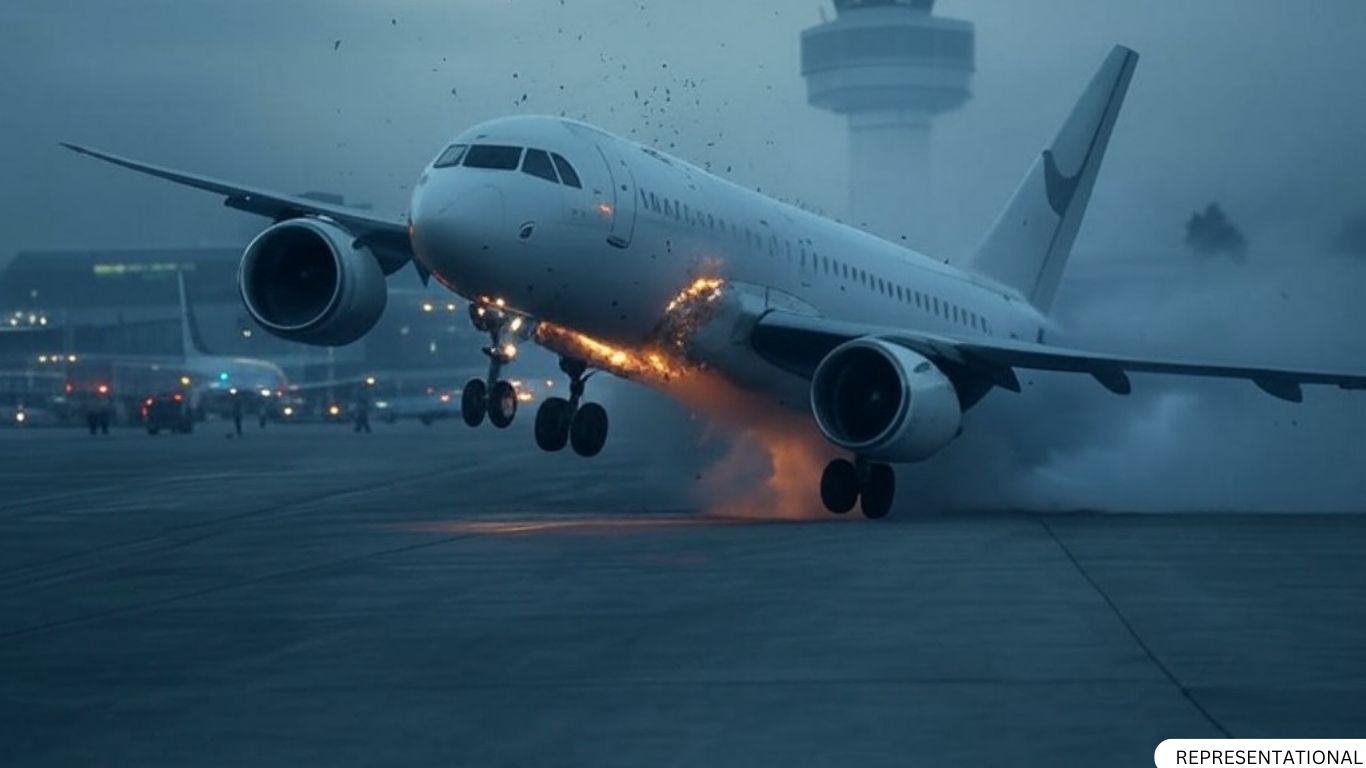On December 25, 2024, tragedy struck as Azerbaijan Airlines crashed Flight 8432 while attempting an emergency landing near Aktau, Kazakhstan, claiming the lives of all 38 passengers on board. Preliminary investigations have now revealed that the crash was caused by a Russian surface-to-air missile, bringing significant geopolitical and safety implications to the forefront. This devastating event marks another dark chapter in aviation history and raises urgent questions about air safety in conflict zones.
1. The Incident: A Fatal Crash Over Aktau
Flight 8432 was en route to its destination when it faced a mid-air explosion caused by a missile strike. The crew attempted to make an emergency landing in Aktau, but the extent of the damage and circumstances surrounding the event made survival impossible for those on board.
Fatalities and Immediate Impact
All 38 passengers and crew members perished in the crash, leaving families devastated and the international community seeking answers. The incident has triggered widespread calls for accountability and tighter aviation safety protocols.
2. Missile Strike Confirmed as Cause
Sources from the Azerbaijani government have confirmed that the plane was struck by shrapnel from a Russian Pantsir-S air defense missile. The missile exploded near the aircraft during heightened drone activity over Grozny, Chechnya.
Details of the Missile Strike
- The missile was reportedly launched in response to Ukrainian UAVs in the area.
- The shrapnel caused significant damage to the aircraft’s cabin, affecting passengers and crew before the crash.
- GPS jamming reportedly disrupted the flight’s navigation systems, compounding the crisis.
3. Denial of Emergency Landing in Russia
Adding to the tragedy, Russian authorities allegedly denied the aircraft permission to land at Russian airports. Despite the pilots’ desperate requests, the flight was ordered to continue across the Caspian Sea toward Kazakhstan.
Ethical and Operational Implications
The refusal to allow an emergency landing raises serious ethical and operational questions. Aviation experts and international authorities are calling for investigations into why humanitarian protocols were overridden during a life-threatening situation.
4. Context: Escalation in the Region
The crash occurred amid ongoing tensions and military activity in the region. Chechnya’s Security Council confirmed that Russian forces were attempting to intercept Ukrainian drones during the time of the incident.
Collateral Damage from Regional Conflict
The tragic loss of civilian lives underscores the dangers of operating commercial flights near active conflict zones. Experts stress the need for stricter no-fly zones in regions with heightened military activity.
5. Parallels with MH17 and Other Incidents
This event bears chilling similarities to the downing of Malaysia Airlines Flight MH17 in 2014, where a Russian missile destroyed a civilian plane over Ukraine. It also draws comparisons to a near-miss in 2018 involving an Air Astana aircraft that narrowly avoided disaster thanks to military assistance.
Recurring Patterns of Negligence
The repeated targeting or collateral damage of commercial flights in conflict zones points to systemic issues in airspace management and international accountability. The Azerbaijan Airlines crash could serve as another wake-up call for global aviation authorities.
6. Investigations and Legal Implications
Azerbaijani President Ilham Aliyev has launched a criminal probe into the incident, while international bodies like the ICAO and IATA are expected to step in.
Key Areas of Focus
- Why was the missile fired near civilian airspace?
- What protocols were followed (or bypassed) regarding emergency landings?
- How can future tragedies of this nature be prevented?
7. Geopolitical Fallout
The incident has intensified scrutiny on Russia’s military actions and their impact on civilian safety. Relations between Azerbaijan and Russia could strain further as the investigation unfolds, especially if negligence or recklessness is proven.
International Reactions
Countries across the globe have condemned the incident, urging transparency in the investigation. It is expected to feature prominently in upcoming discussions on aviation safety at international forums.
8. The Path Forward: Ensuring Air Safety
The Azerbaijan Airlines crash highlights critical gaps in global air safety regulations. Stricter enforcement of no-fly zones in conflict areas and clear protocols for emergency landings are essential steps moving forward.
Recommendations for Change
- Improved Risk Assessment: Mandatory rerouting of flights in conflict zones.
- Stronger Accountability: Transparent investigations and penalties for violations.
- Enhanced Coordination: Better communication between airlines and military forces to avoid tragedies.
The Azerbaijan Airlines crash is a stark reminder of the vulnerabilities faced by civilian aircraft in conflict zones. As investigations continue, the world watches for answers and measures to ensure such tragedies never happen again. Accountability, transparency, and international cooperation will be key to restoring trust in aviation safety.















